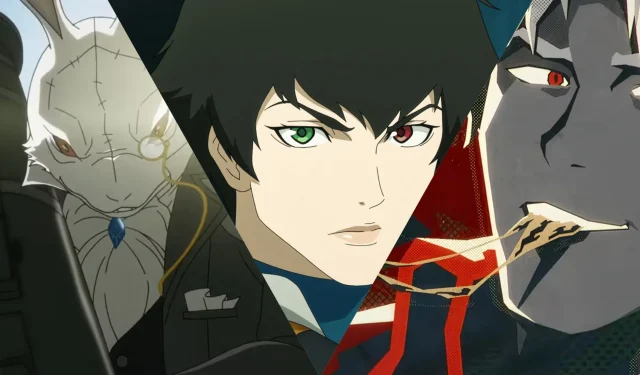The first season of Netflix’s Devil May Cry is now fully available for streaming. Fans of the video game series, along with newcomers to Dante’s world, are dissecting each episode to uncover hidden Easter eggs, lore details, and evaluate how successfully this adaptation translates the iconic franchise. While some dedicated fans have raised concerns about certain plot points, the general consensus is that the series delivers solid entertainment, without dramatically altering the original template or leaving viewers in awe.
Despite the high-quality production throughout the season, a few standout episodes shine brighter than the rest, either due to introducing new concepts or simply offering the most enjoyment. Below is a look at the most noteworthy episodes, highlighting both their accomplishments and shortcomings.
8
Episode 1: “Inferno”
The Beginning of the Narrative
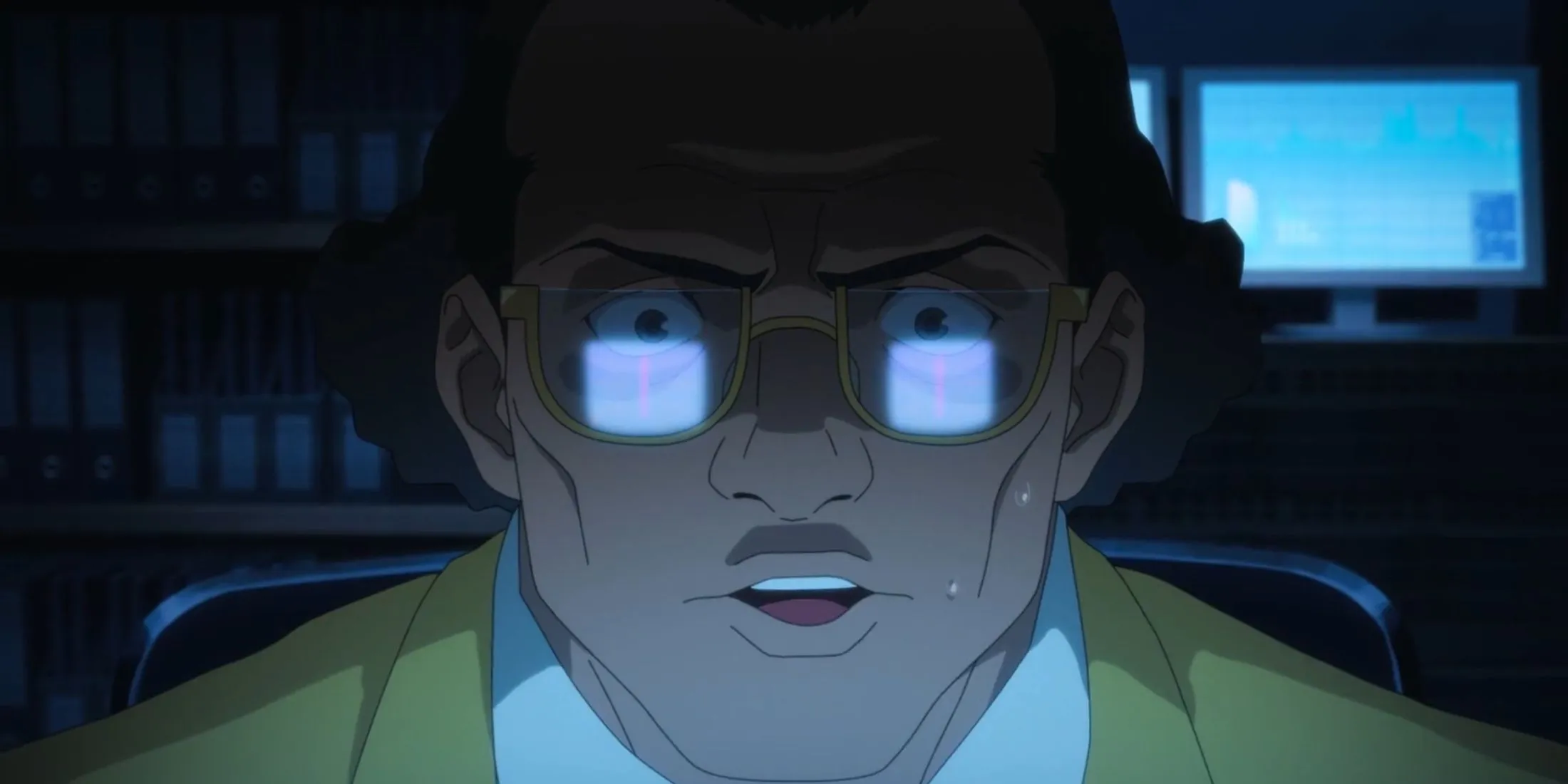
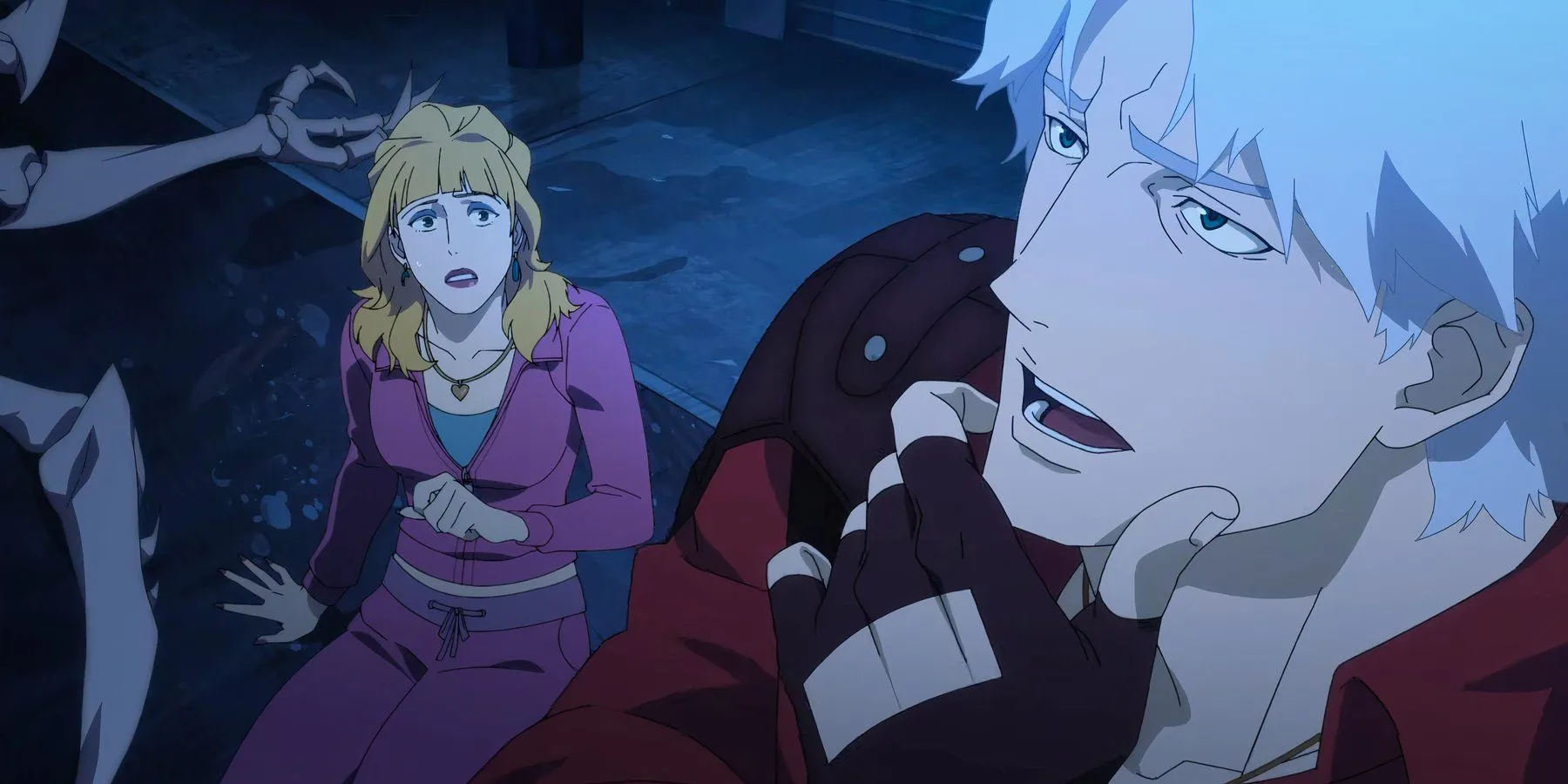
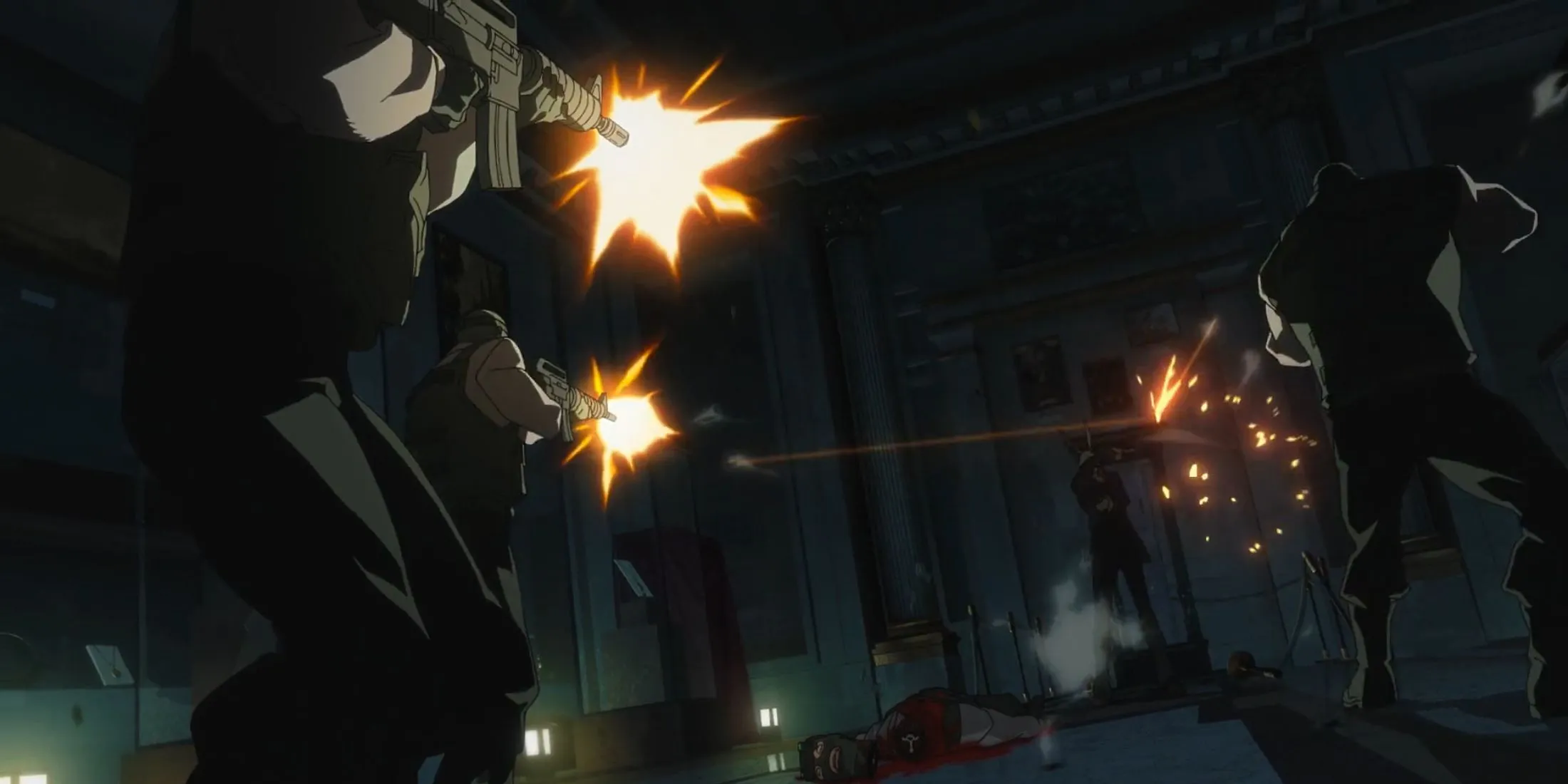
The inaugural episode sets the stage for the series. Providing a wealth of content in its brief runtime, it introduces the menacing White Rabbit and hints at his overarching scheme while allowing Dante to showcase his formidable abilities, interspersed with comic relief.
This introductory episode effectively presents smaller bursts of action instead of revealing everything at once. However, some fans note a lack of focus on Dante, leaving him somewhat overshadowed by surrounding plot elements until later episodes. A more substantial early presence for Dante, along with a clearer establishment of the White Rabbit as a significant threat, could have elevated this opening.
7
Episode 4: “All Hope Abandon”
Turning Point in the Plot
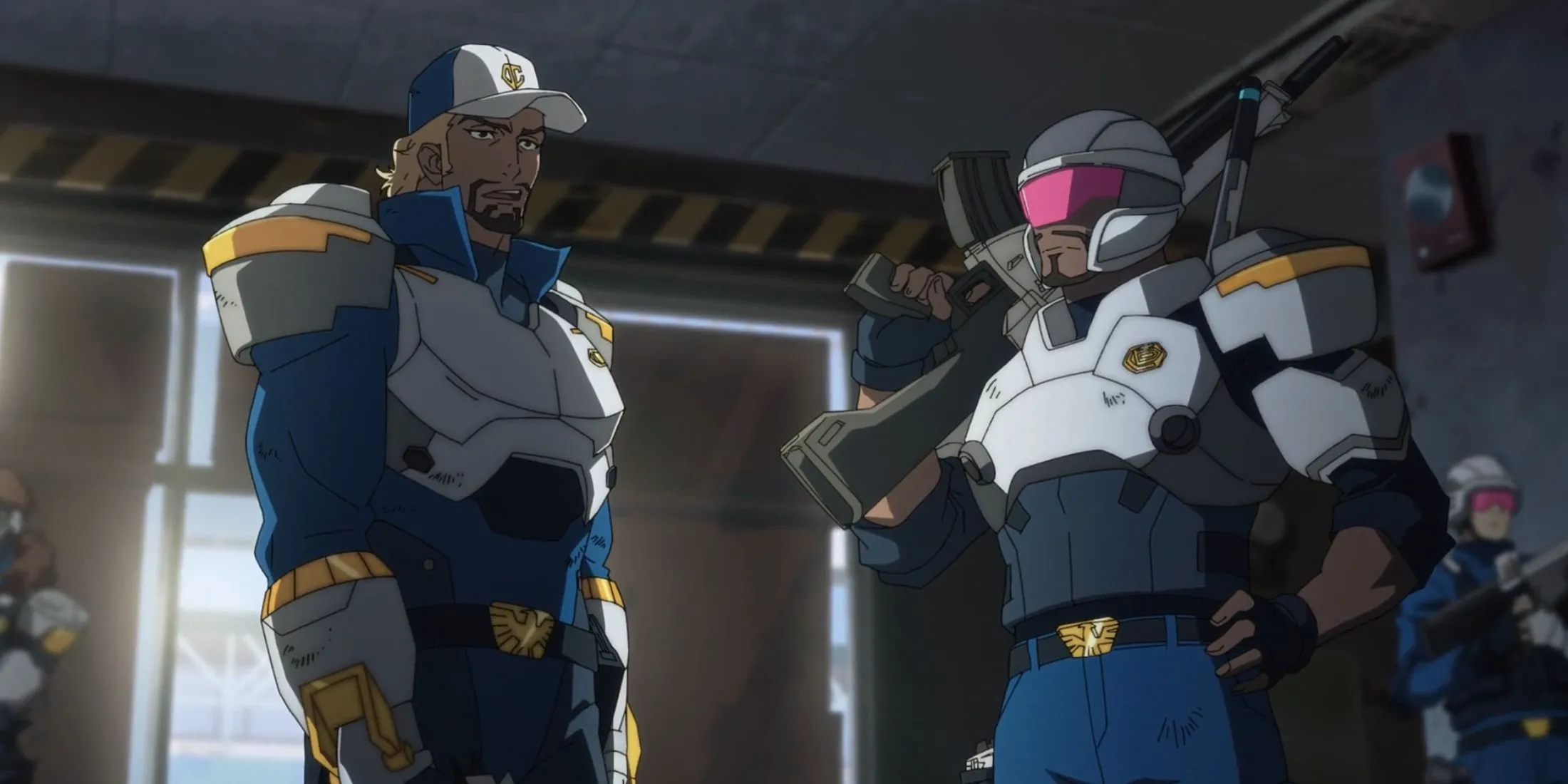
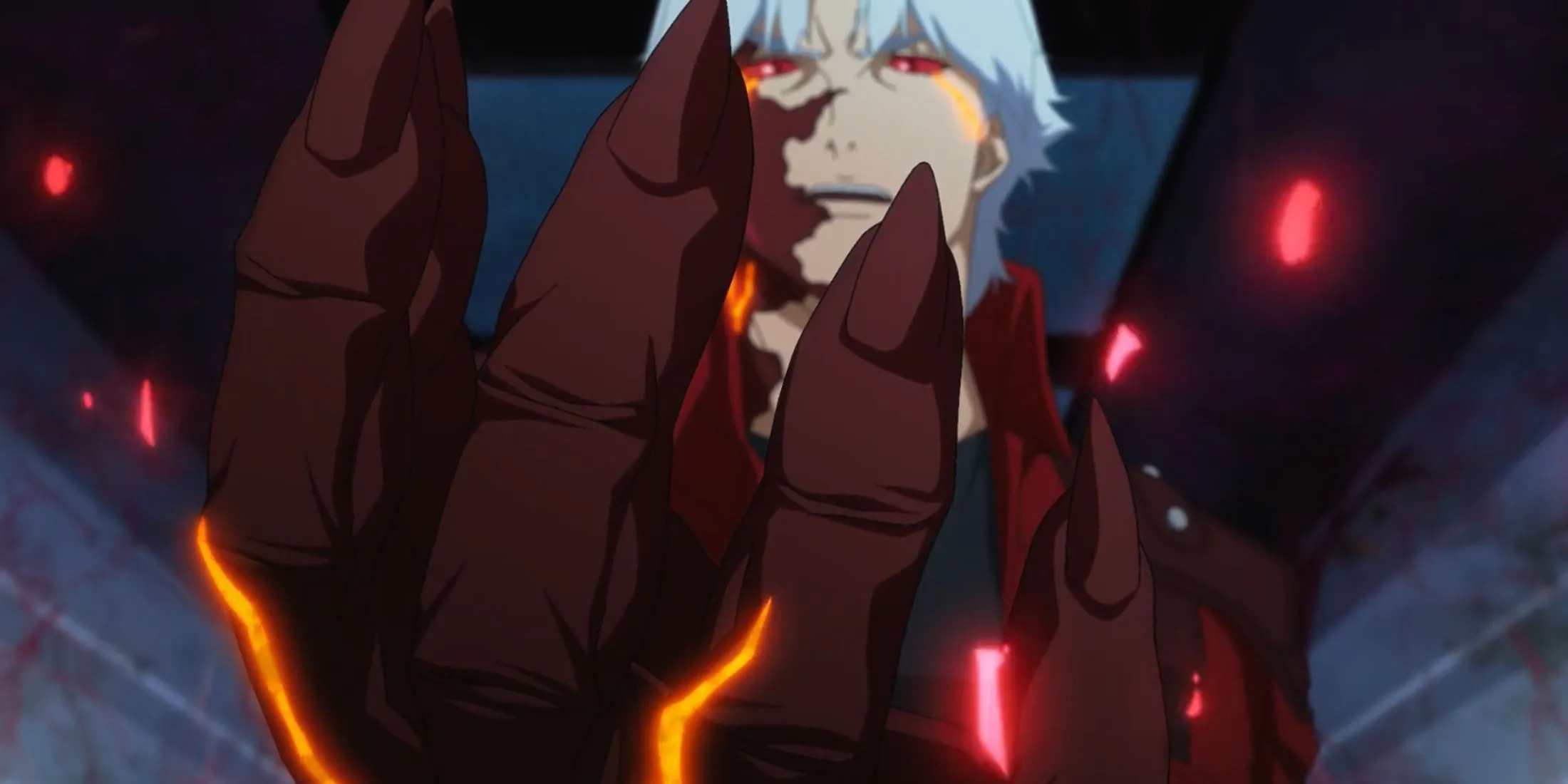
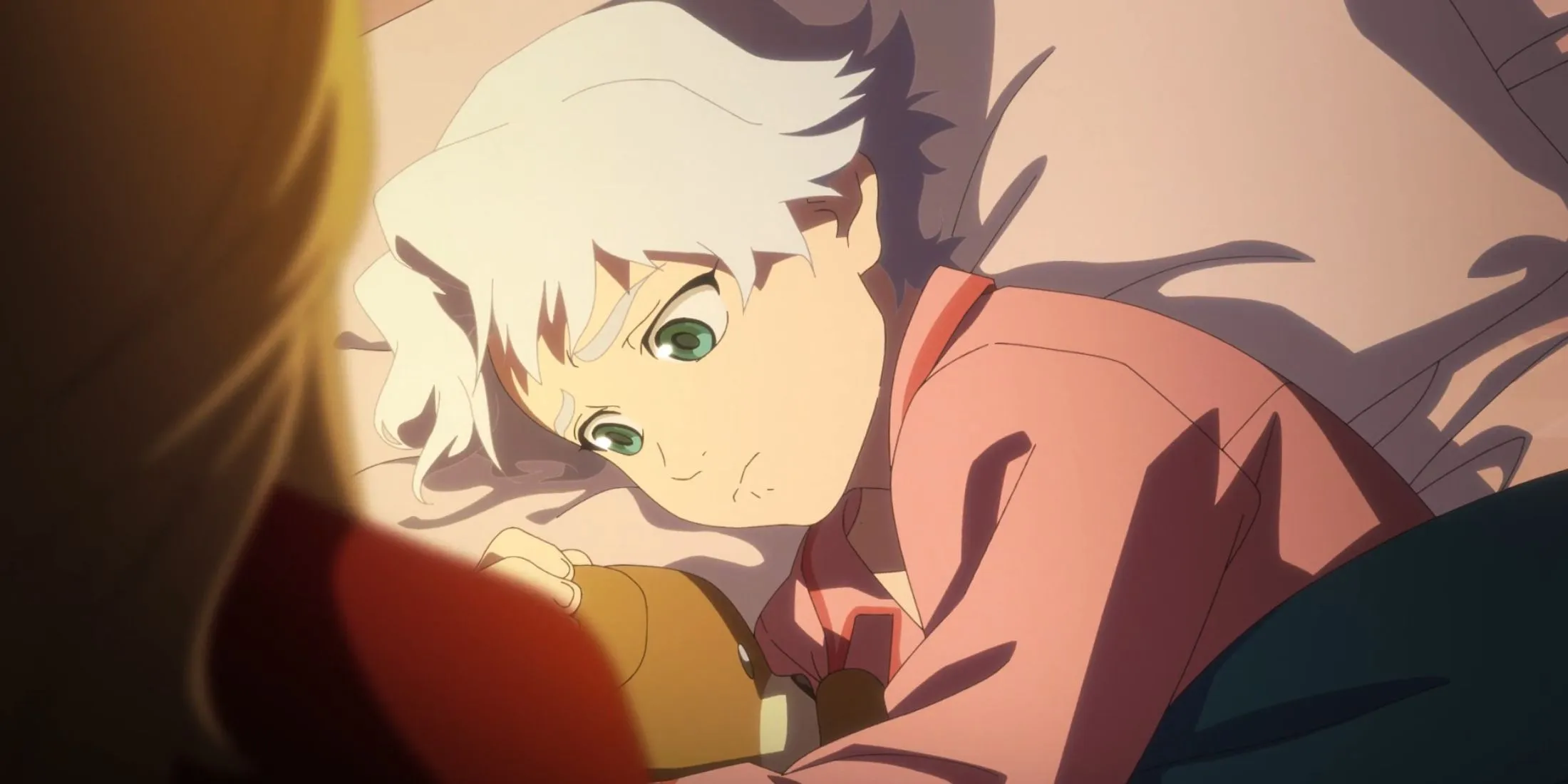
This episode serves as a pivotal moment in the season, transitioning the narrative toward its climax. It features an intense scenario where Dante and several characters are captured on Air Force Two, facing imminent destruction unless he can tap into his full power to save everyone on board. Meanwhile, the rest of the Darkcom team launches a dangerous mission to confront the Rabbit, with a tragic outcome for most.
Although it provides key character and plot development, the episode suffers from Dante being largely incapacitated for a significant portion of the runtime, which dampens the overall excitement. Additionally, some side characters feel preordained to meet their demise, rendering the episode slightly forgettable compared to the stronger episodes that follow.
6
Episode 3: “The Deep And Savage Way”
Exploring the Depths of the Story
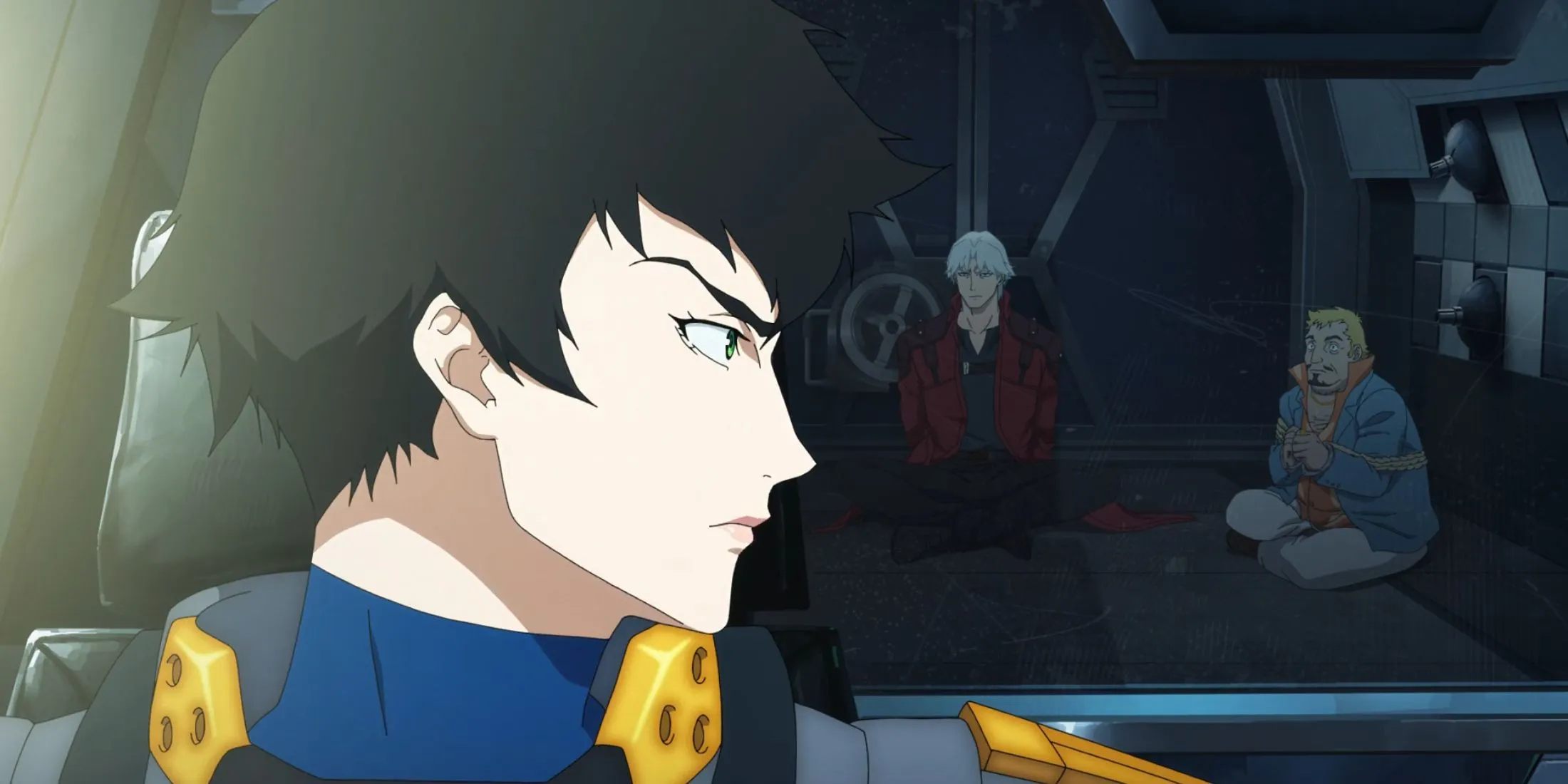
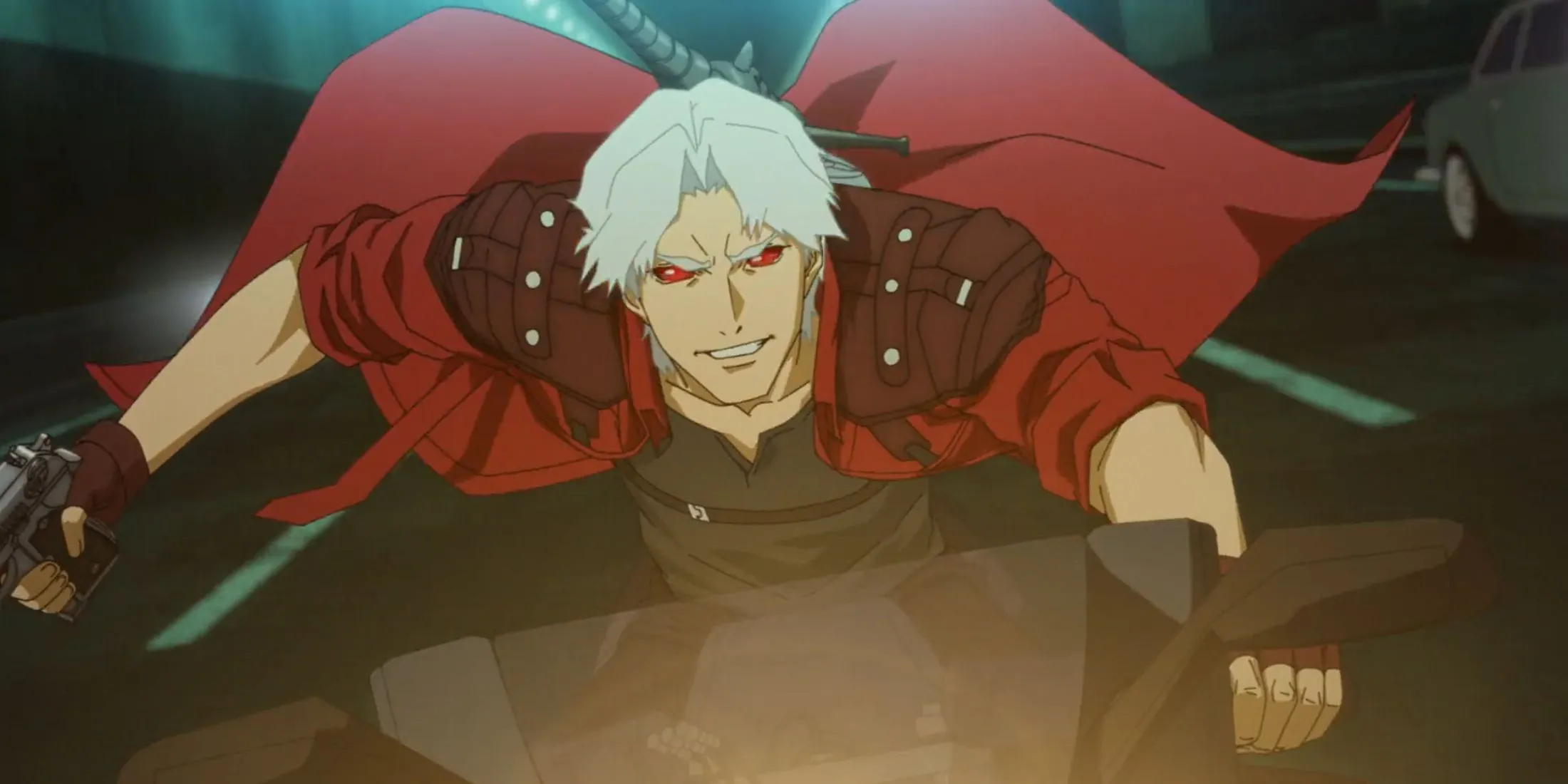
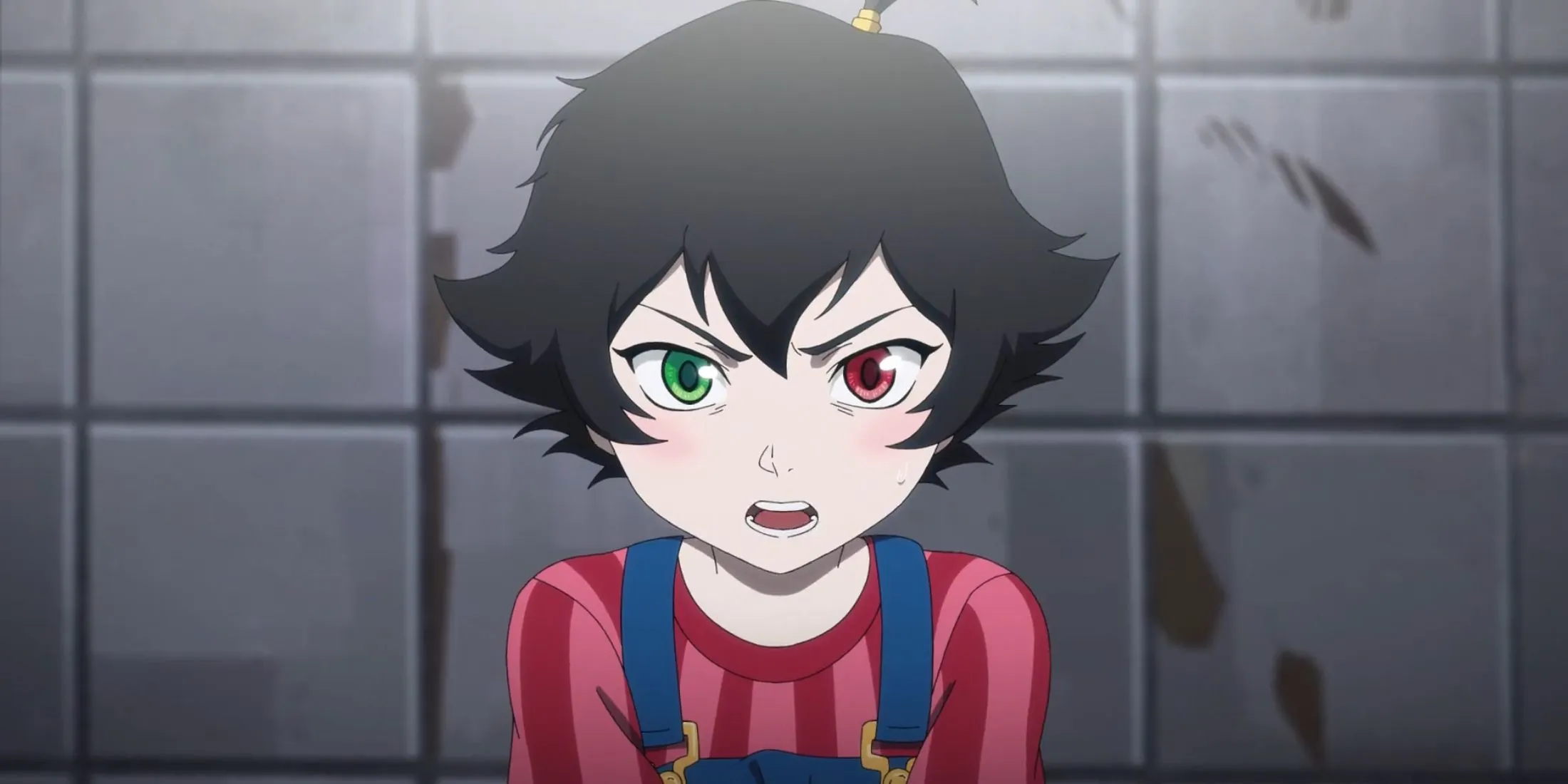
The third episode begins with a gripping flashback to Mary’s traumatic encounter with a demon, establishing her motivations. As present-day events unfold, Darkcom brings Dante into their clutches, leading to an ambush by the Rabbit and a horde of demons, showcasing their breadth of powers.
While this episode does have its challenges, especially with Dante’s limited active role, the moments he does intervene are visually spectacular, highlighting his agility and ferocity against formidable foes.
5
Episode 2: “Our Lady Of Sorrows”
Dante in Action
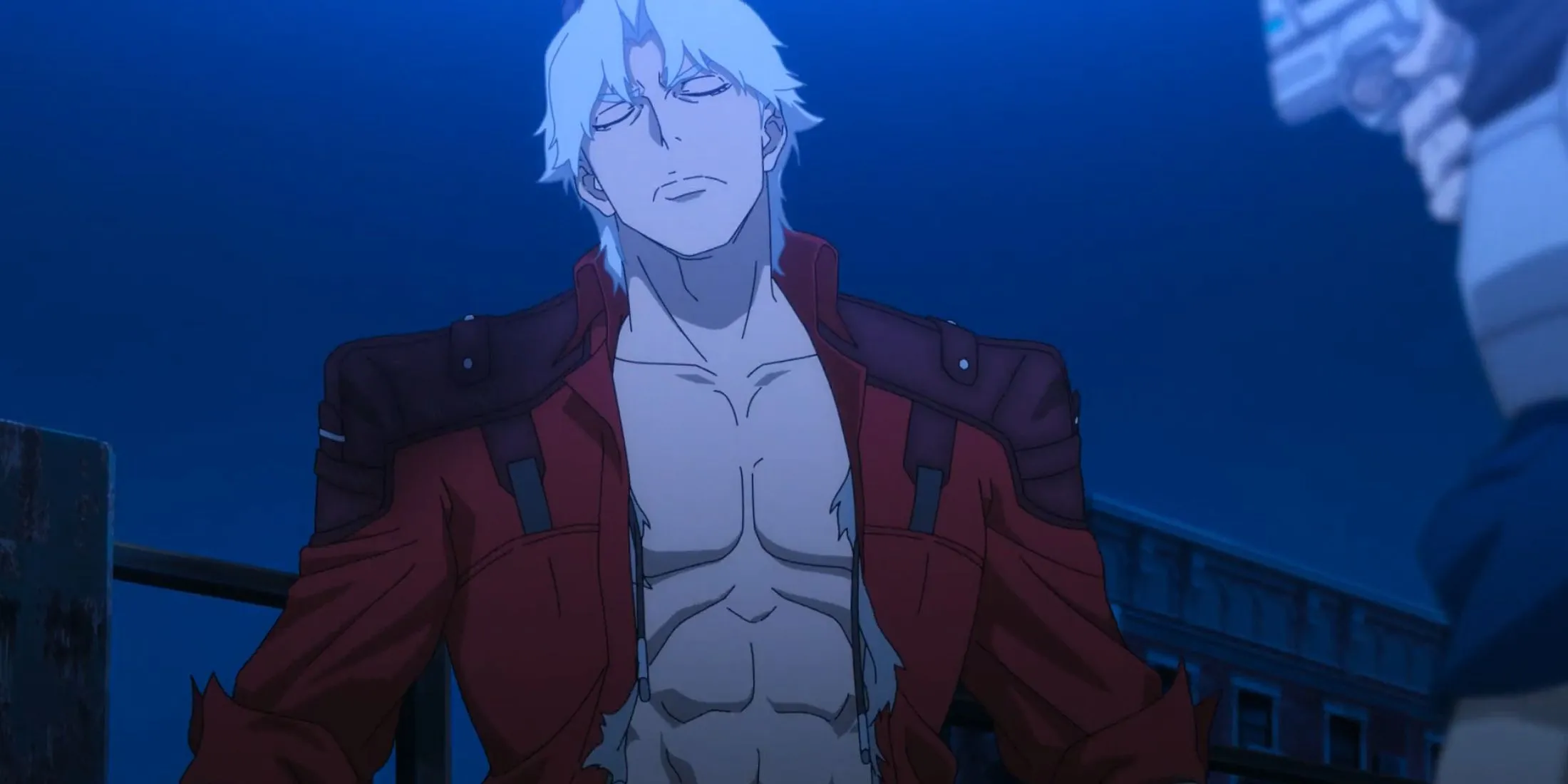
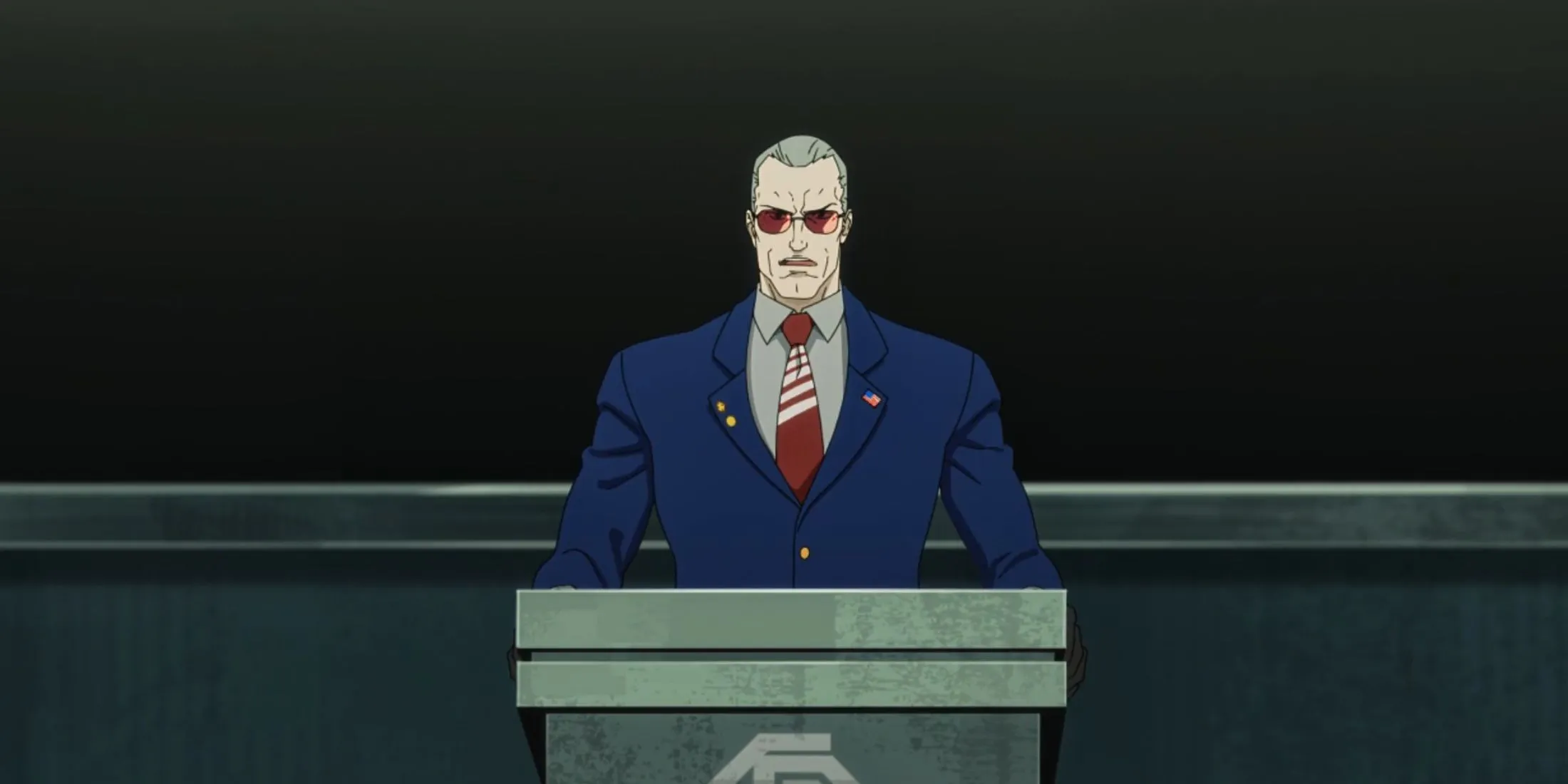
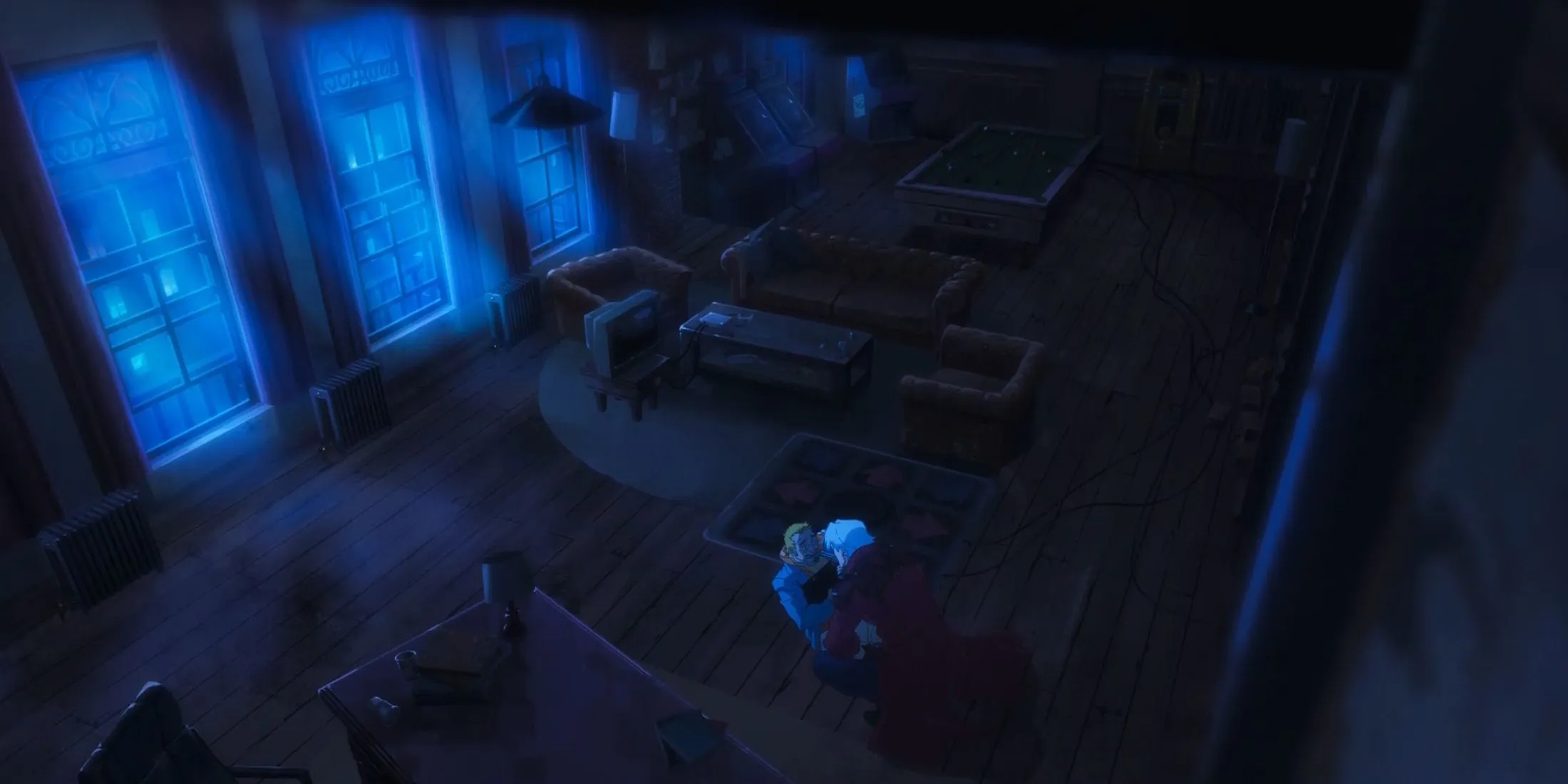
In a thrilling sequence, Dante efficiently repels their assault before engaging in a humorous exchange with Mary, leading to his eventual capture. While the episode may not redefine viewing expectations, it proves to be a delightful experience, offering viewers both engaging action and character development that set the stage for future events.
4
Episode 4: “Descent”
Layers Within the Narrative
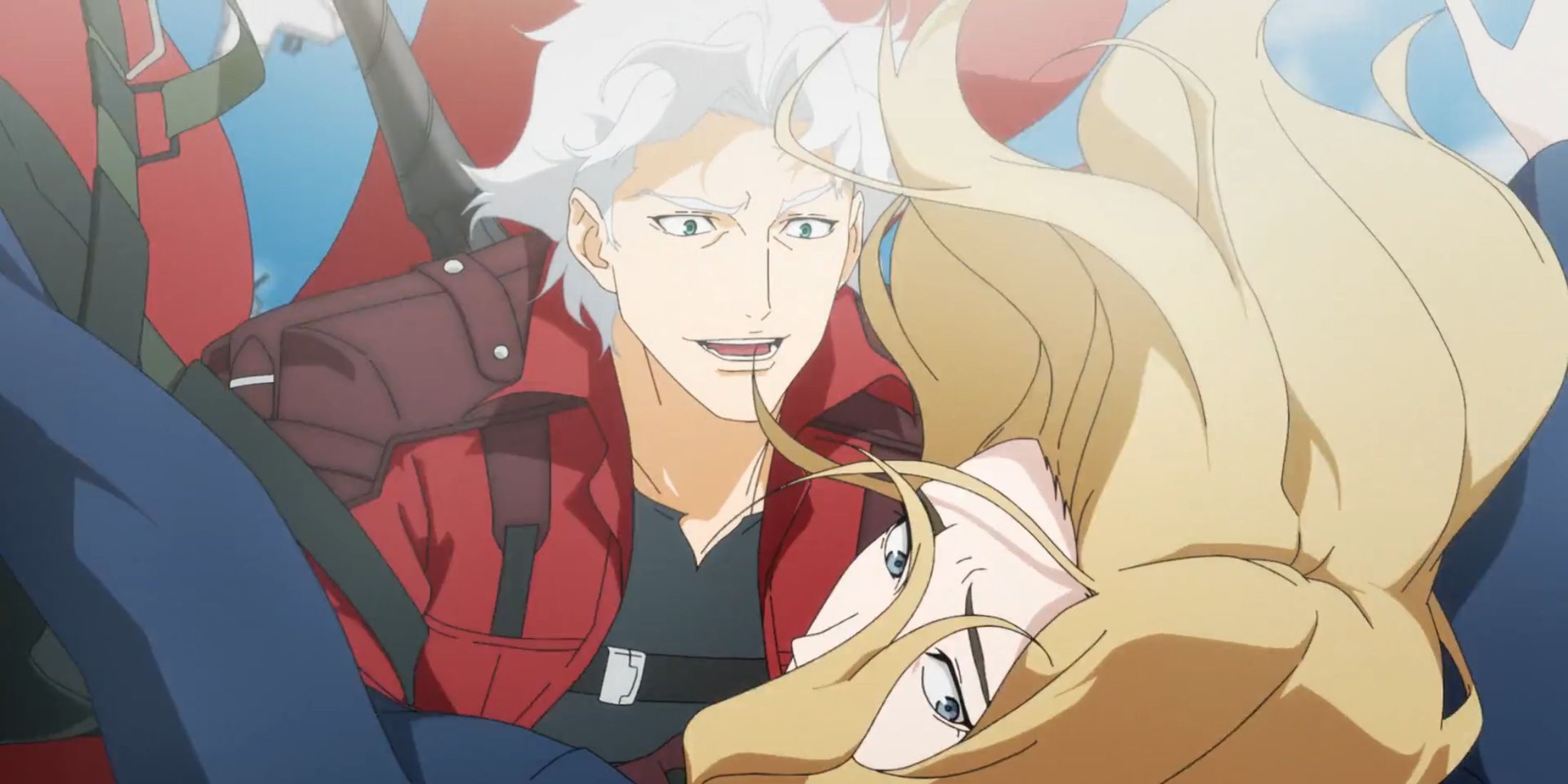
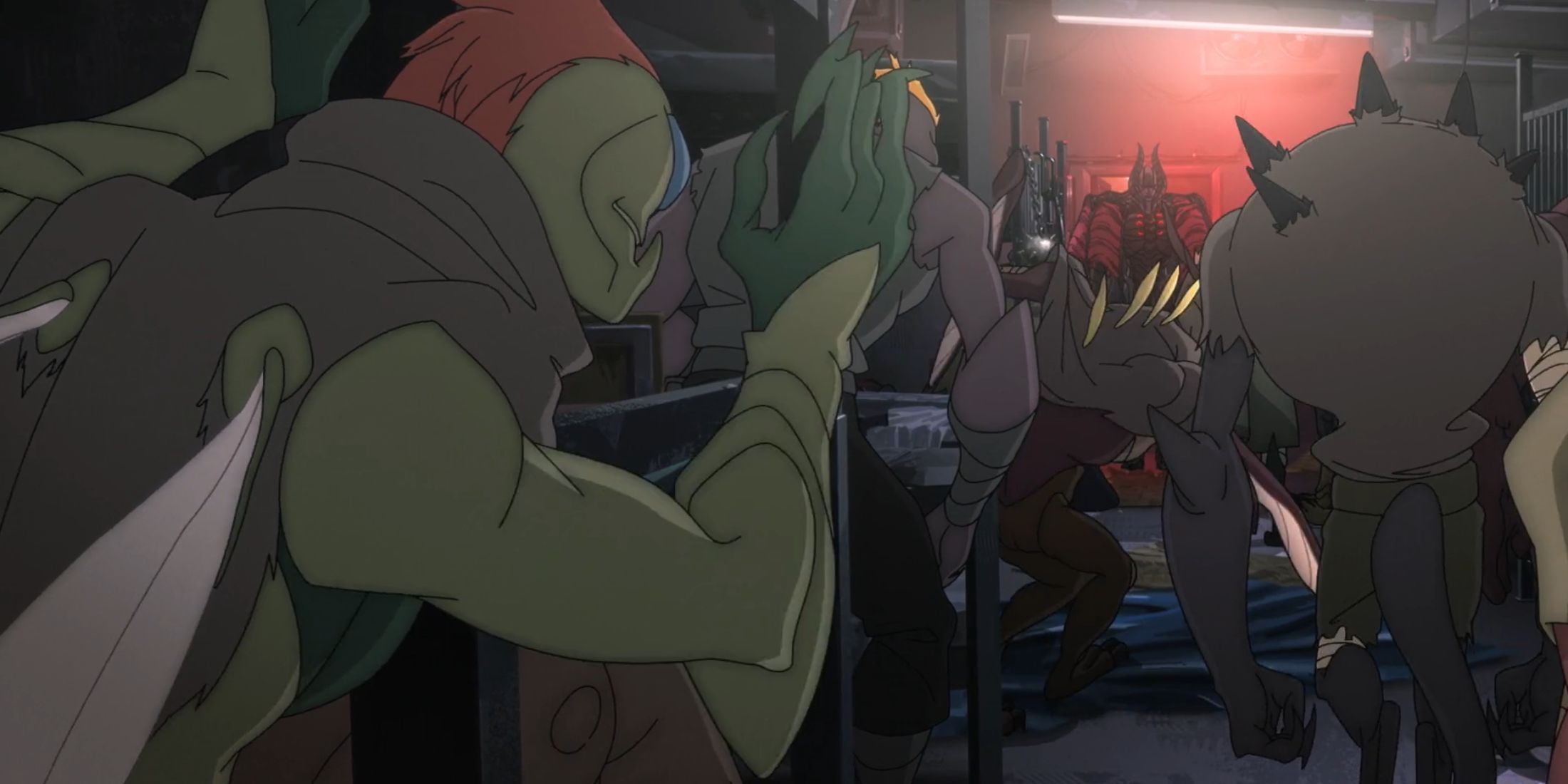
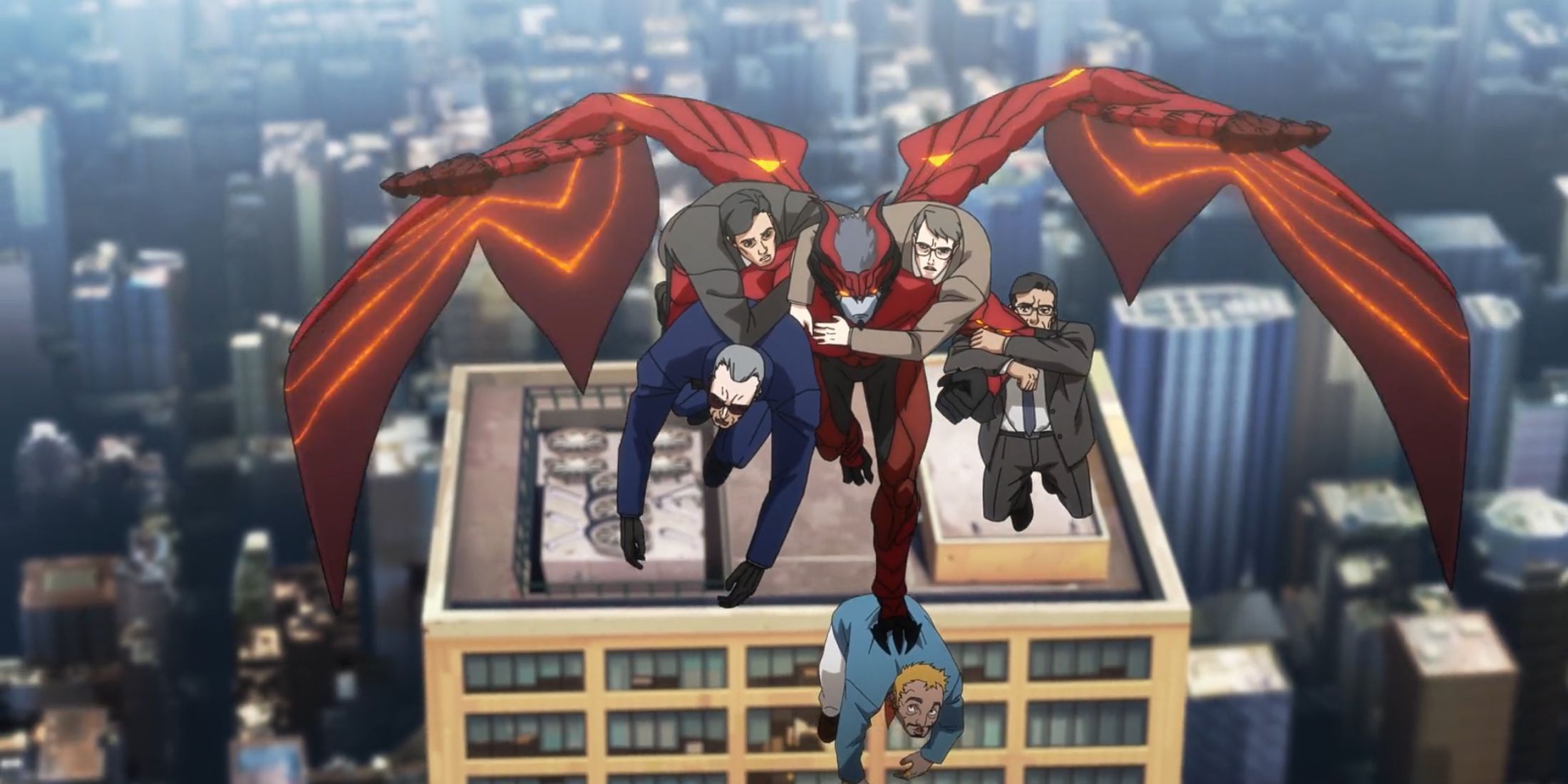
This episode masterfully intertwines two narratives: Dante’s harrowing escape from a plane and Mary’s psychological challenges. The former sees Dante demonstrating his powers while gliding through chaos to save passengers, revealing his transformation into a fearsome demon form. Meanwhile, Mary grapples with her past demons, both figuratively and literally.
Additionally, the episode uncovers the Rabbit’s malevolent influence, as showcased by labs filled with tortured demons. While it has moments that spark debate about character designs, particularly Dante’s demonic form, the episode leaves a lasting impression with its engaging visual storytelling.
3
Episode 7: “At The Gates Of Paradise”
Dynamic Duos
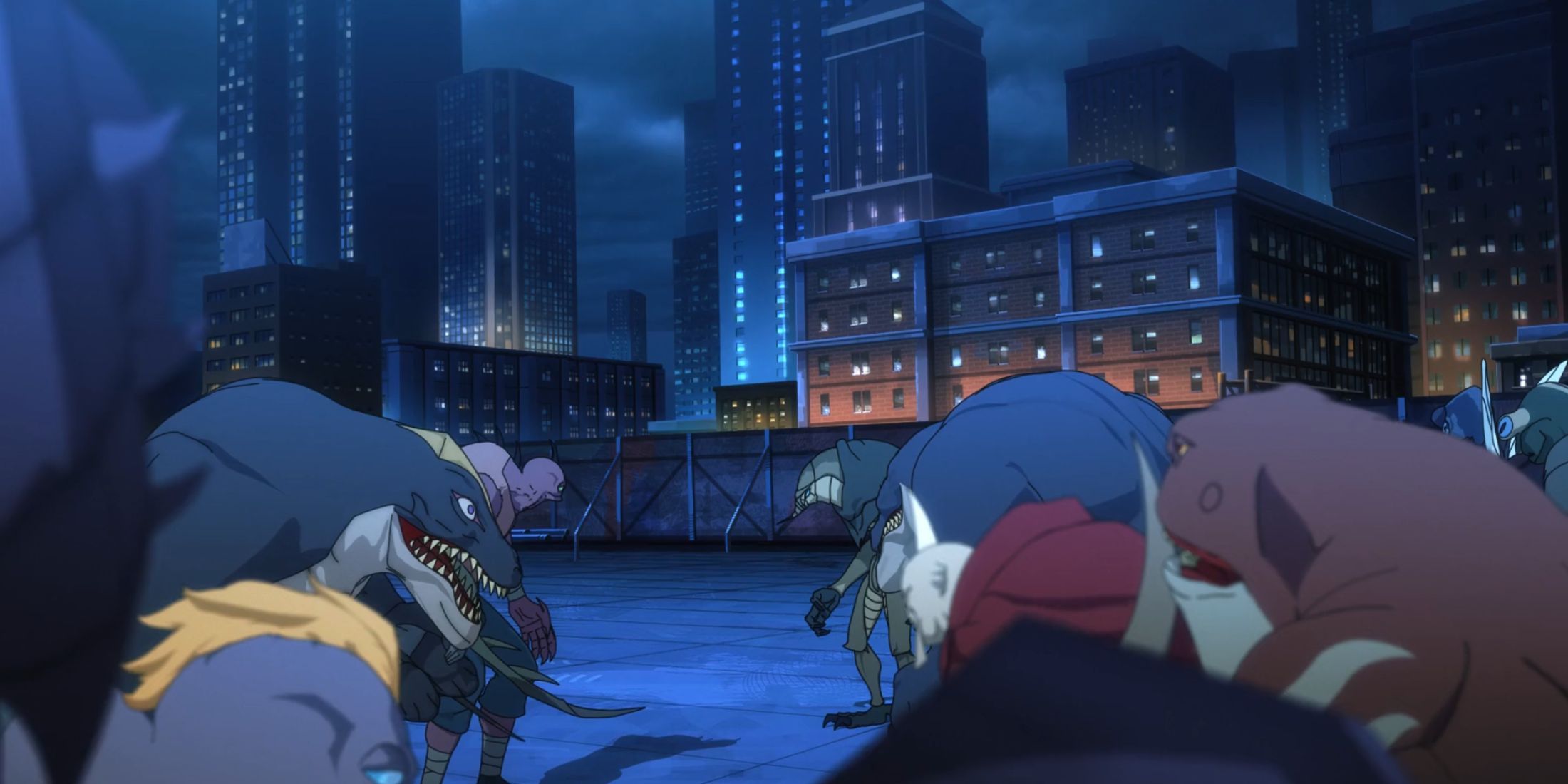
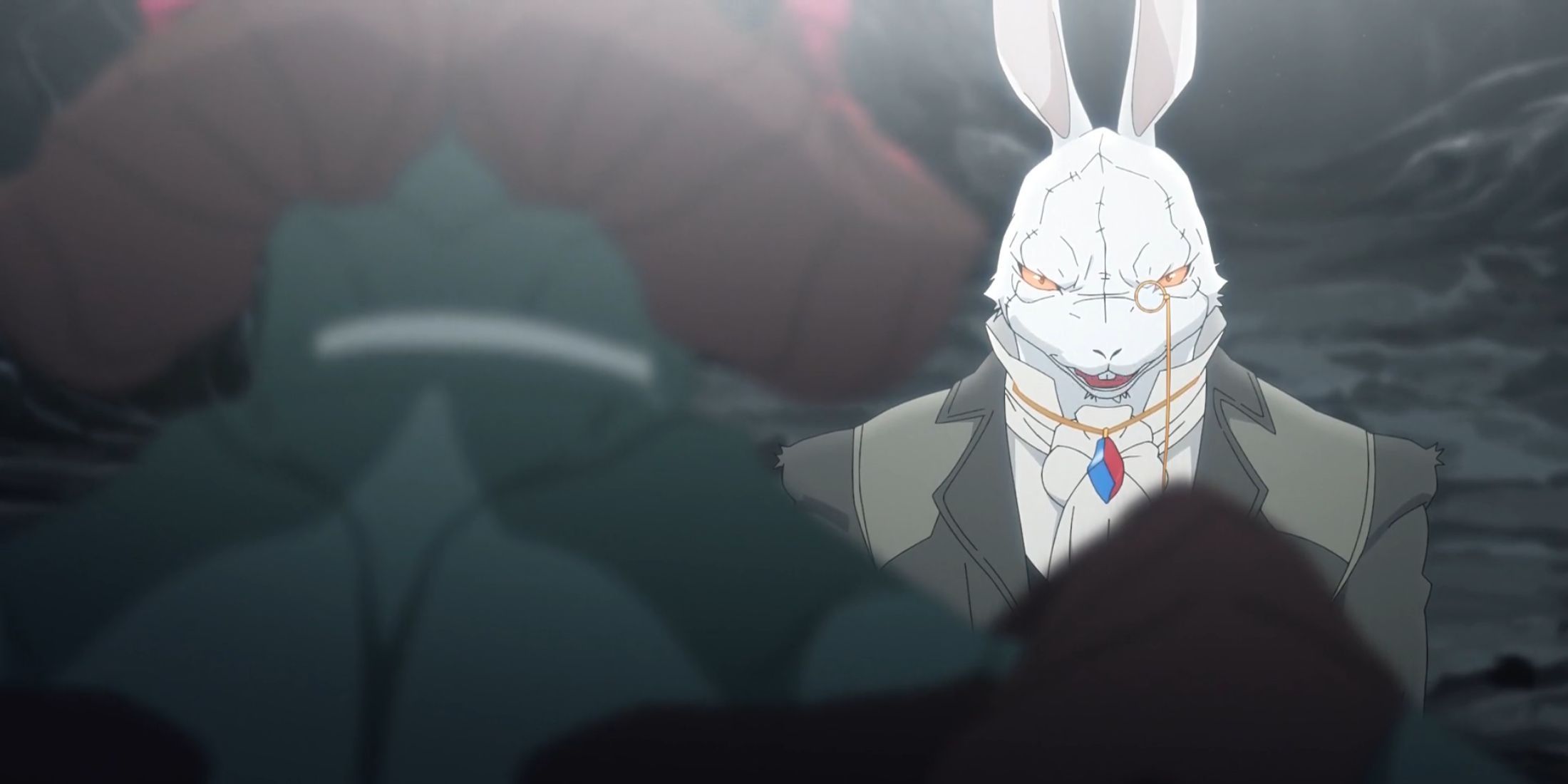
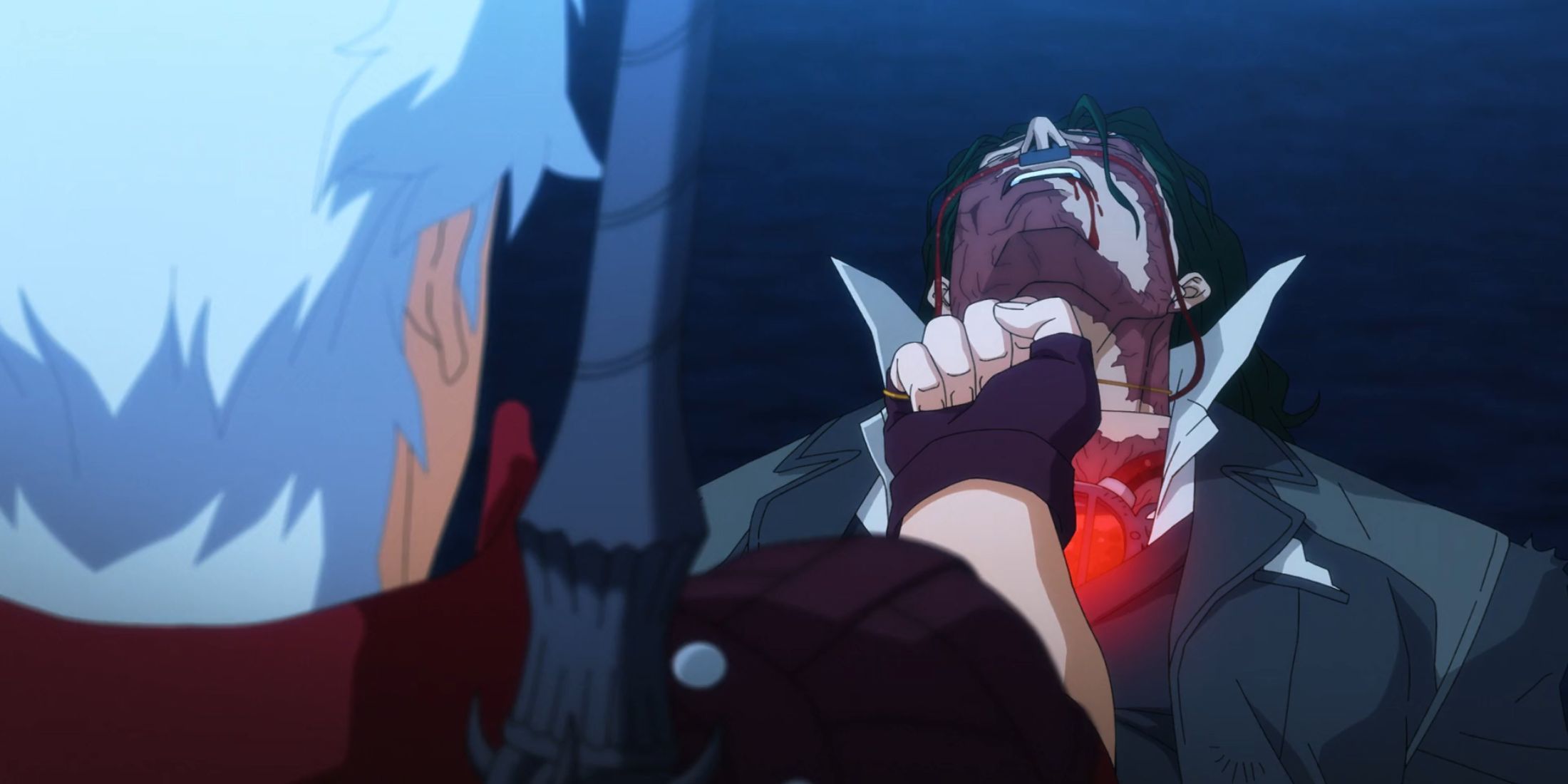
A highlight of the season, this episode showcases the developing partnership between Mary and Dante, igniting debate among fans regarding her portrayal. Nevertheless, her fierce confrontations with massive demons elevate the excitement for future episodes.
The humor is spot-on, with Dante putting his demon-slaying prowess on display as he dispatches foes with captivating ease, including a memorable moment where he employs a demon corpse as a weapon. Additionally, the revelation that the White Rabbit’s true identity links back to Mary’s past adds depth to the narrative, paving the way for the action-packed climax ahead.
2
Episode 8: “A River Of Blood And Fire”
Conclusion of the Arc
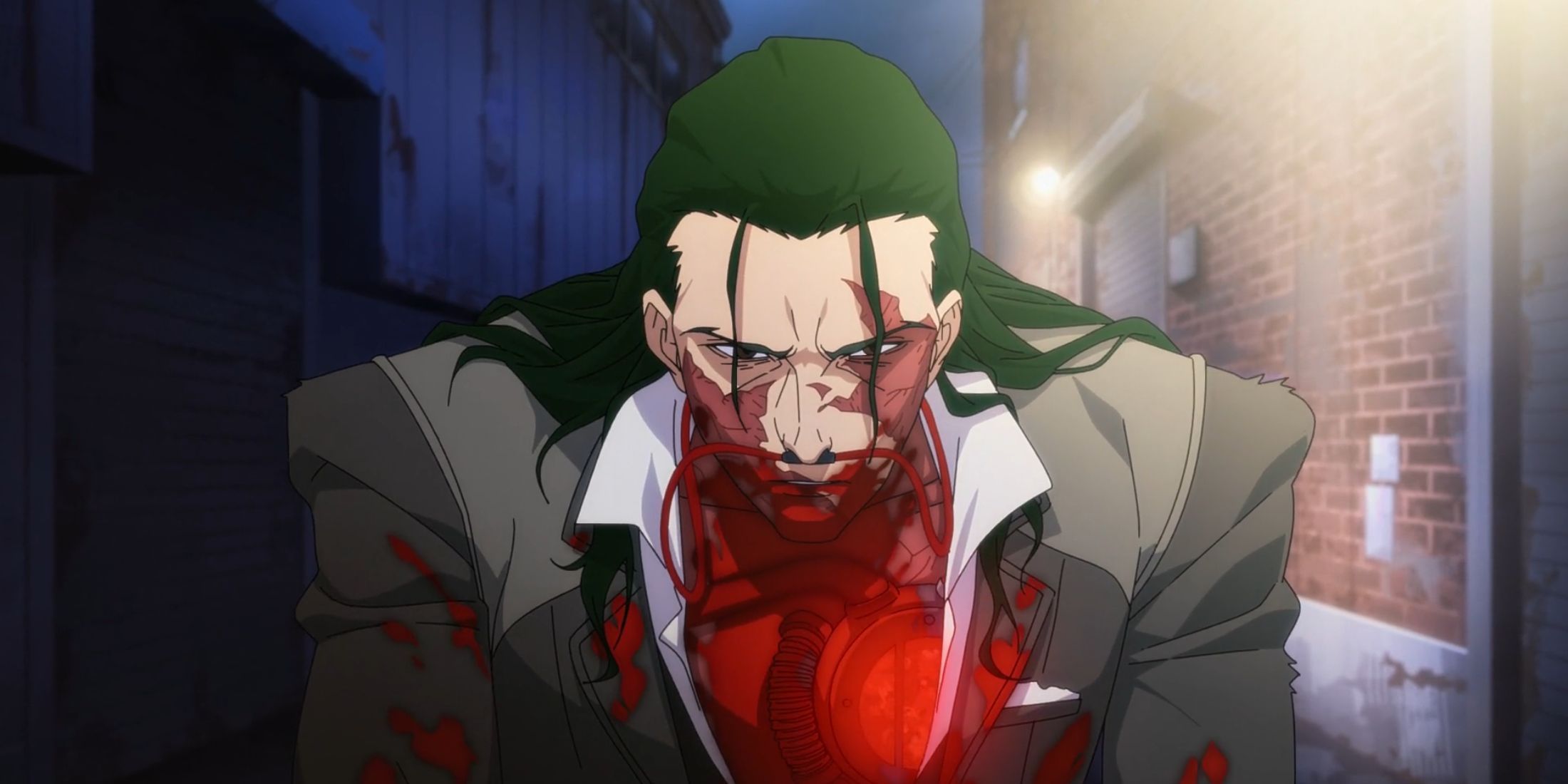
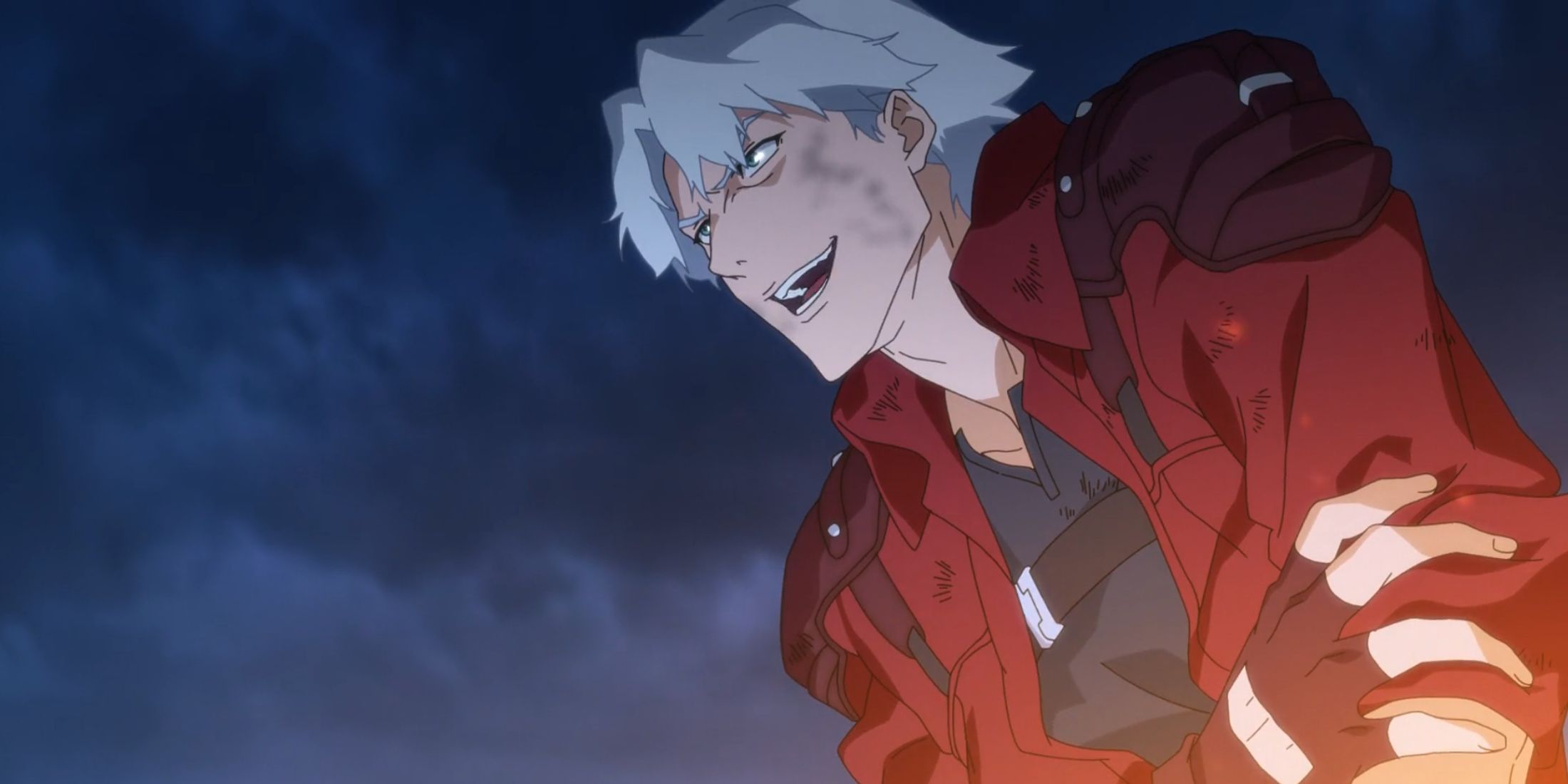
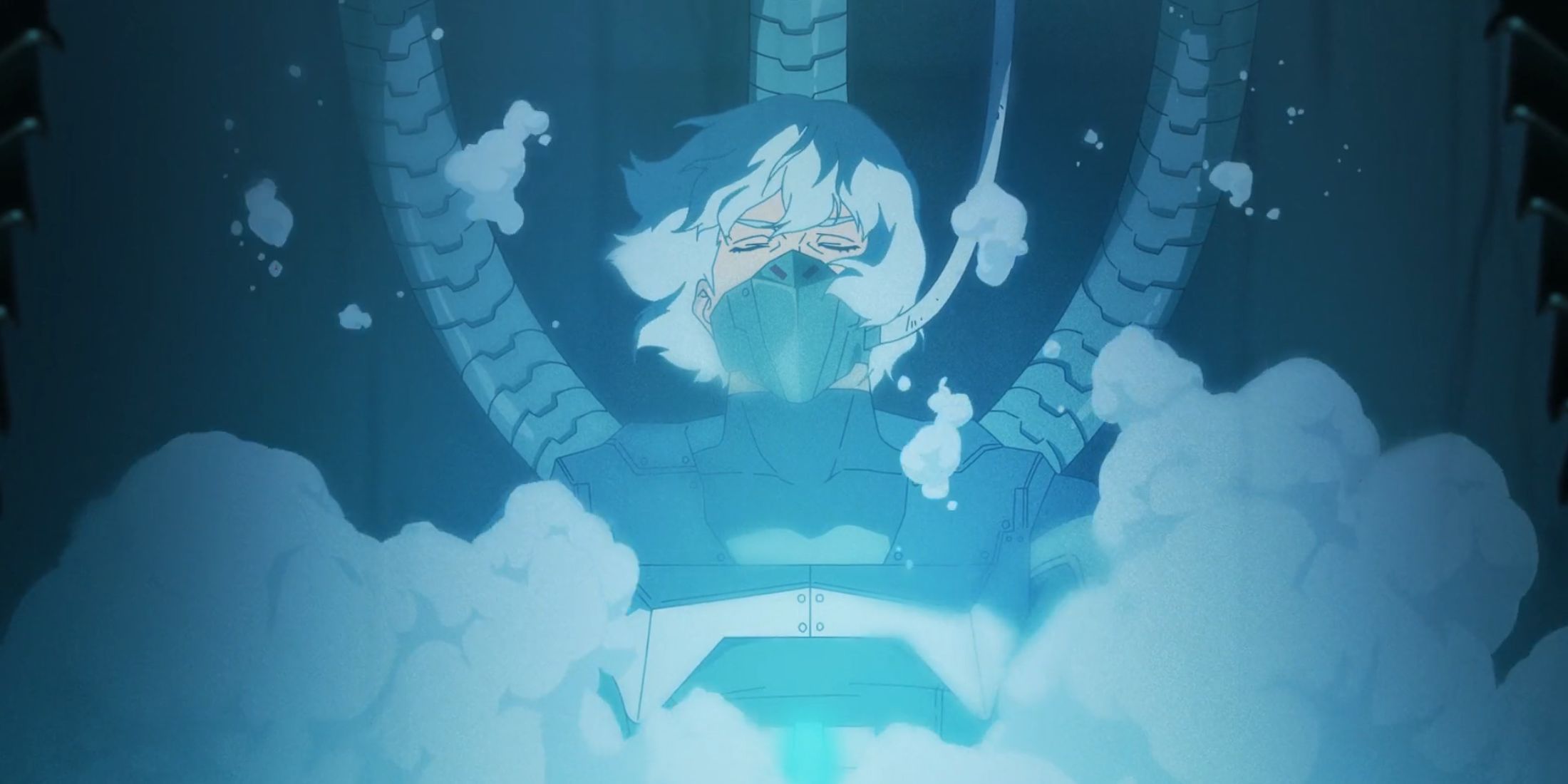
The season finale weaves together all plot threads to build up to an exhilarating climax. In a final showdown, the White Rabbit faces Dante and Mary, boosted by a surge of demonic energy. The battle encapsulates the age-old struggle between good and evil, punctuated with visually stunning action sequences.
The entry of U.S. military forces into the demonic realm serves as a powerful commentary on humanity’s state, leaving lingering questions and possibilities for future seasons. While it provides a thrilling conclusion, many viewers are left yearning for more episodes to dive deeper into this universe.
1
Episode 6: “The First Circle”
Defining the Series
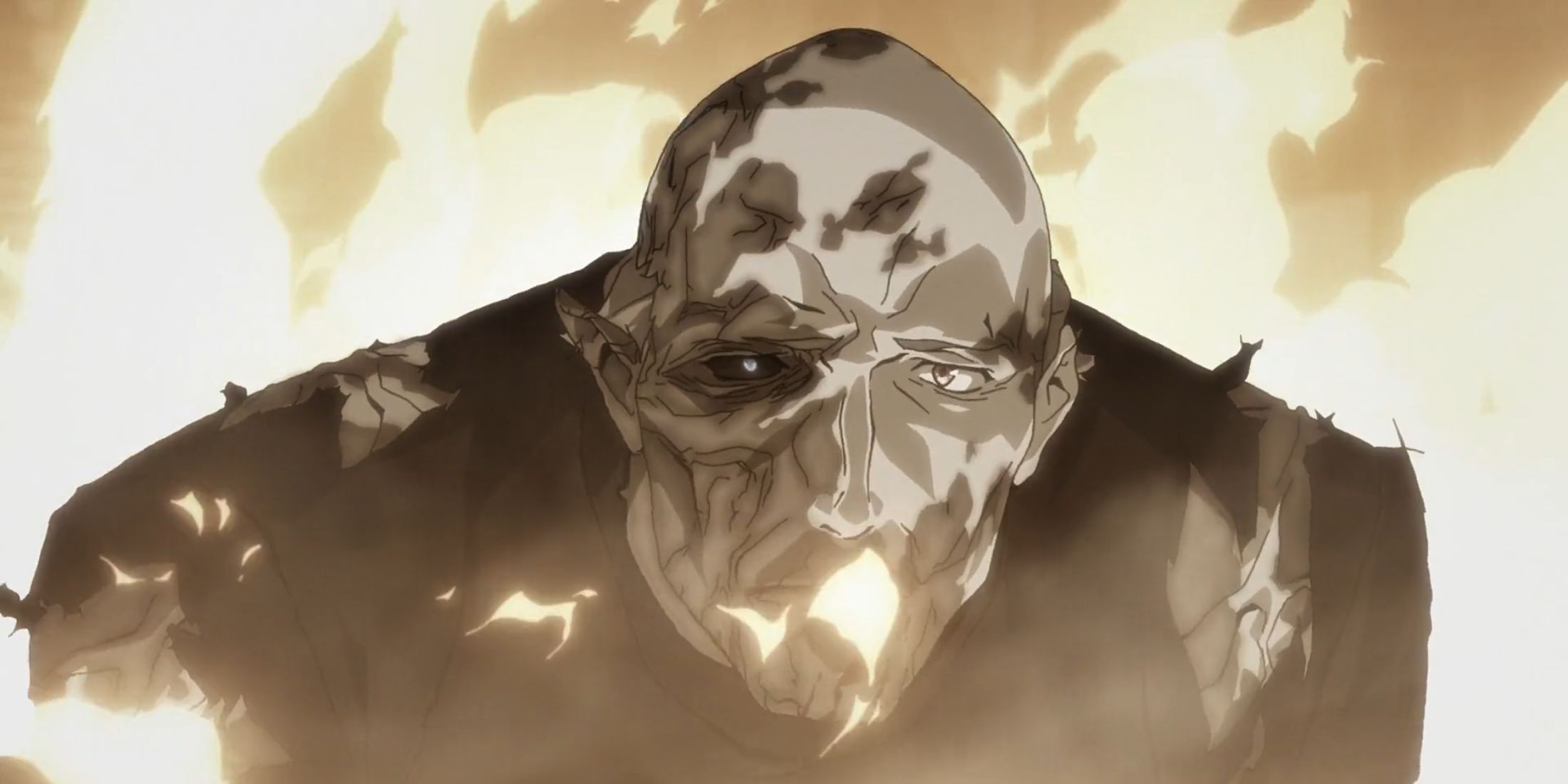
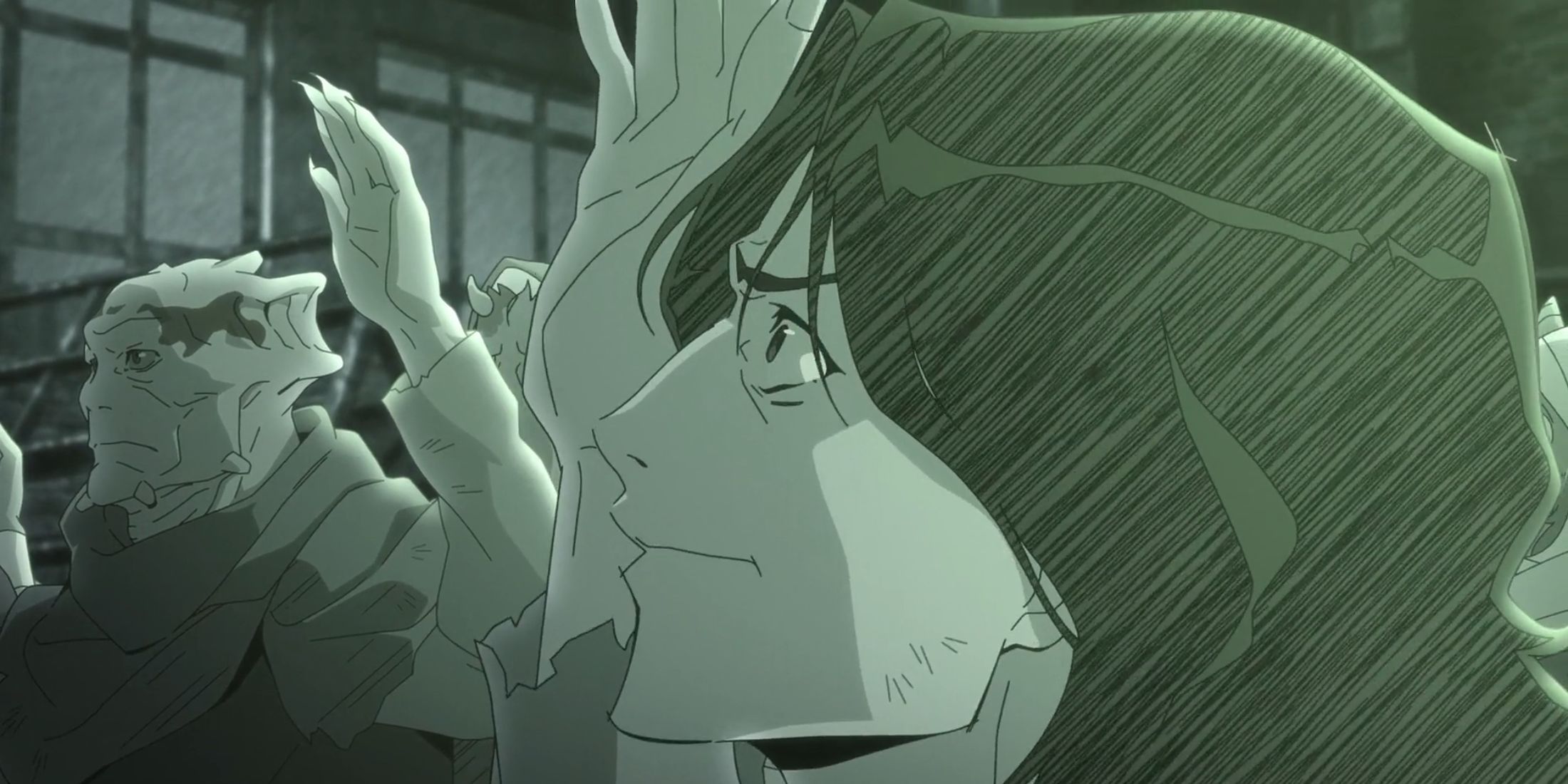
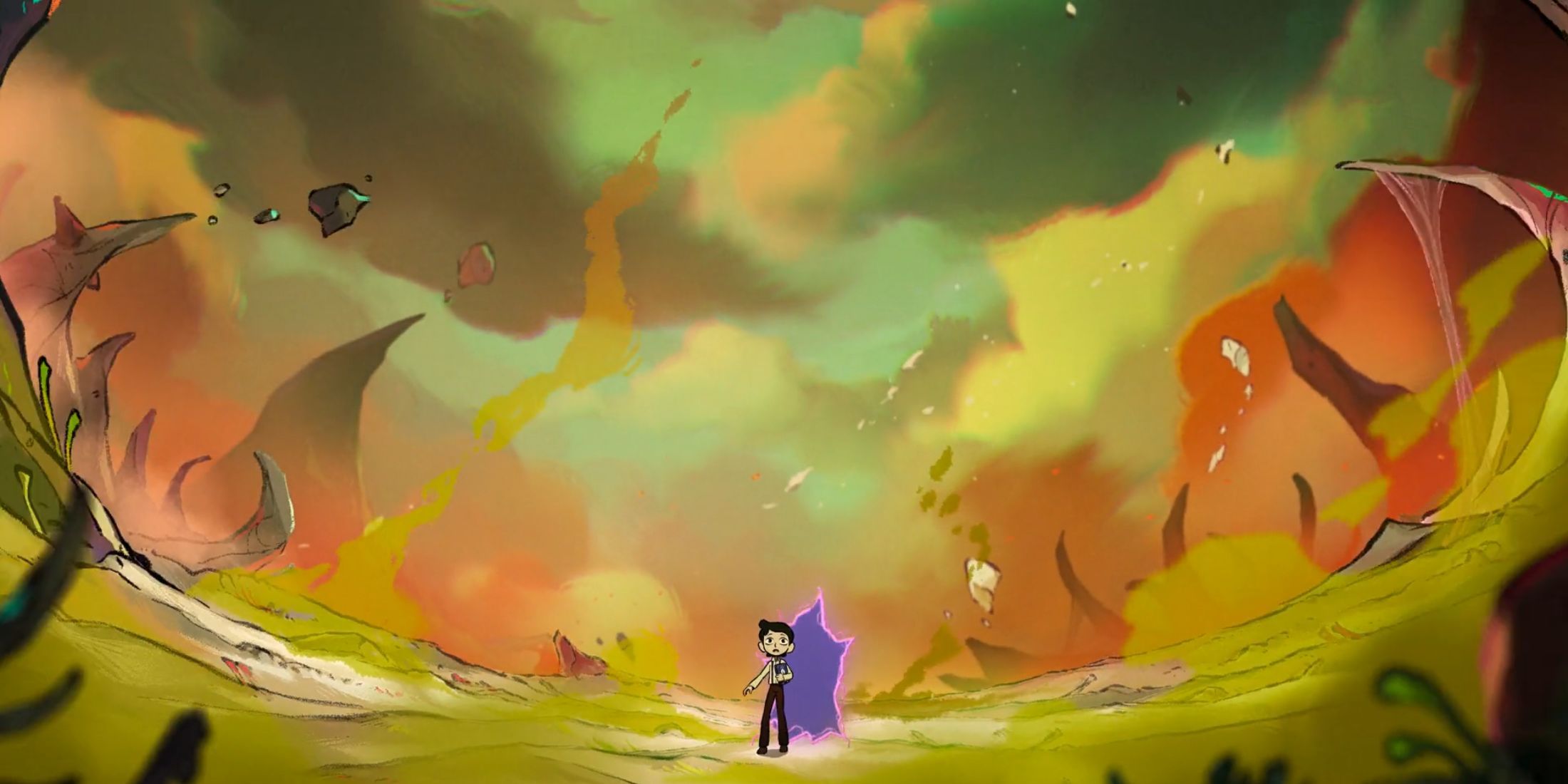
In the realm of adaptations, the most memorable episodes often bring unique perspectives or innovative storytelling, and Episode 6 accomplishes this effortlessly. It delves beautifully into the backstories of both Mary and the White Rabbit, offering some of the most emotionally resonant moments of the season.
Employing diverse animation styles throughout the episode enhances the storytelling, with a more whimsical aesthetic capturing the hellscape contrasting with a sleek design for earthly moments. The intertwining narratives culminate in a poignant bridge between the two worlds, resulting in a significant emotional impact. This episode not only highlights character motivations but also paves the way for fan-favorite elements to be incorporated into future seasons.
